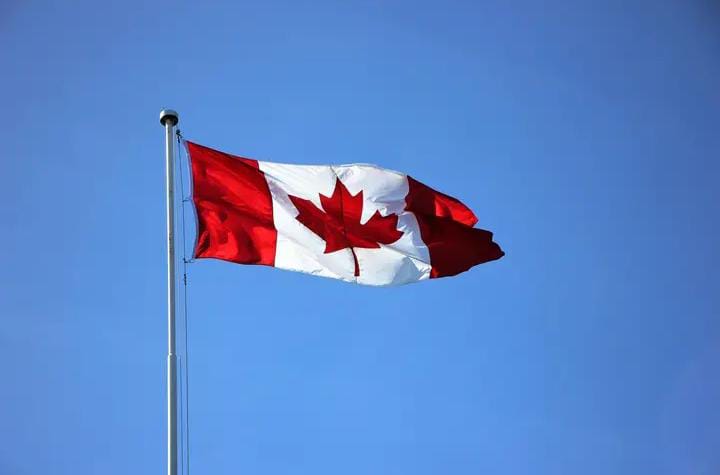Canada is planning to set limits on the number of temporary residents it lets in for the first time in its history.
Immigration minister, Marc Miller, said on Thursday that the number will be reduced over the next three years, with the first cap to be set in September.
The BBC reports that it will apply to international students, as well as foreign workers and asylum claimants.
The minister has previously spoken about revising immigration targets due to an affordability and housing crisis.
In his announcement, Mr Miller said that Canada plans to reduce the number of temporary residents to 5% of the population, down from the current 6.2%.
He added that the move is to ensure “sustainable” growth in the number of temporary residents coming into Canada.
In recent years, Mr Miller said Canada has seen a “sharp increase” of temporary residents admitted to the country.
As of 2024, the minister said there are a total of 2.5 million temporary residents in Canada. This is up from nearly one million in 2021, according to figures from national data collection agency Statistics Canada.
The country relies heavily on temporary foreign workers to fill labour shortages, Mr Miller noted, but said “changes are needed to make the system more efficient”.
It also has international obligations to let in those who are fleeing war and political prosecution.
“To be clear, these are important global commitments to Canadians,” Mr Miller said. “At the same time, there should be an honest conversation about what the rise of international migration means for Canada as we plan ahead.”
As part of the new policy, officials said some Canadian businesses will have to reduce the number of temporary foreign workers they rely on by 1 May, and will have a shorter window to prove that these jobs could not be filled by a permanent resident or a Canadian citizen.
Two exceptions to the rule will be workers in the construction and healthcare sectors – both of which are facing labour shortages in Canada. These workers will be allowed to enter the country at current levels until at least 31 August.
According to Statistics Canada, the majority of temporary residents – around 40% – in 2021 had a work permit. Students represented 22% of temporary residents, and asylum claimants accounted for 18%.
Others had a combination of permits – either study and visa or are family members of temporary residents.
Thursday’s announcement was criticised by advocates for temporary foreign workers, who told Canadian news outlet Global News that migrants work under precarious conditions and have been “scapegoated for the affordability and housing crisis”.
It comes as Canada reinstated visa requirements for Mexican nationals due to a surge of asylum seekers from Mexico.
Earlier this year, Mr Miller also set a limit on the number of international students admitted to Canada for the next two years, resulting in a planned decrease of 35% in approved study permits.
Over 800,000 foreign students were in Canada in 2022, up from 214,000 a decade earlier.
That move has also been criticised, namely by some post-secondary institutions across the country, who said they worry that it will deter students from coming to Canada and drive them to study elsewhere.
Some universities said a cap would mean a loss of revenue for their institutions.
The caps represent a significant shift in policy for Canada, which has historically relied on open immigration to fill job vacancies and address its rapidly-aging workforce.
They come as the Trudeau government faces growing pressure to address an increasingly unaffordable housing market.
Home prices in Canada now average C$700,000 ($517,400; £408,750) and rent for Canadians has risen 22% in the last two years.
Credit: SaharaReporters






Leave a Reply